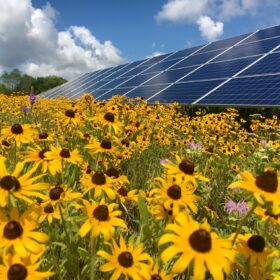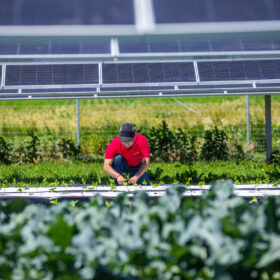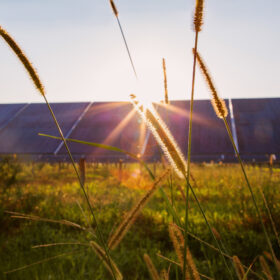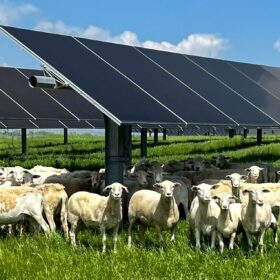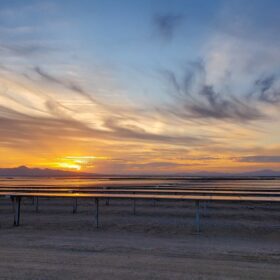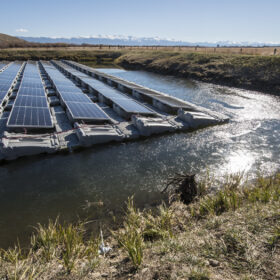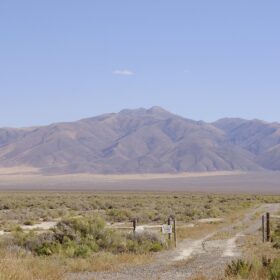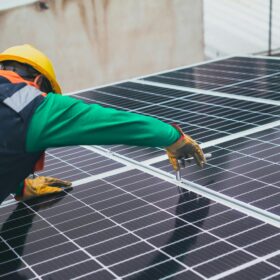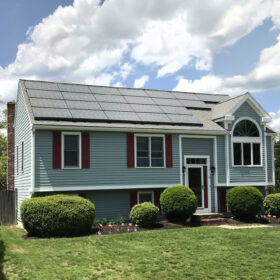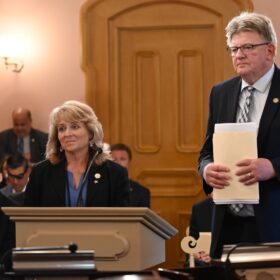How state policy plays an important role in cutting carbon emissions
Using a breadth of datasets, researchers modeled how states’ clean energy goals might evolve under state-led action versus federal support.
Iowa researchers explore how solar panel height, design affects crop yields
Iowa State University is using a $1.8 million grant to study whether higher solar arrays create better growing conditions for horticultural crops and beekeeping production.
Leading threat to farmland is real estate development, not solar, agricultural analysts say
Arkansas could double its total energy generation with solar and still only require a very small fraction of the land to do so, according to analysis by the University of Arkansas System Division of Agriculture.
Solar grazing supports healthier soil, food for sheep, study finds
Solar sheep grazing helps to create a beneficial dual-use environment, found American Solar Grazing Association in a two-year study conducted at 31 different solar sites.
Local opposition threatens clean energy transition
Unprecedented local opposition and anti-solar local ordinances, along with softened federal support from the Trump administration, is driving a need for a new generation of state solar rights statutes, researchers conclude in a forthcoming paper from Arizona State University’s College of Law.
Just a fraction of federal land could power carbon-free future
Millions of acres on federal land are suitable for renewable energy, of which less than 5% is needed to be carbon-free by 2035, found National Renewable Energy Laboratory.
Potential floating solar generation is ‘ample’, widespread across U.S. reservoirs
Federally controlled reservoirs have between 861 GW and 1,042 GW of potential floating solar generation capacity, and it is well distributed across the U.S., according to a new study by the National Renewable Energy Laboratory.
